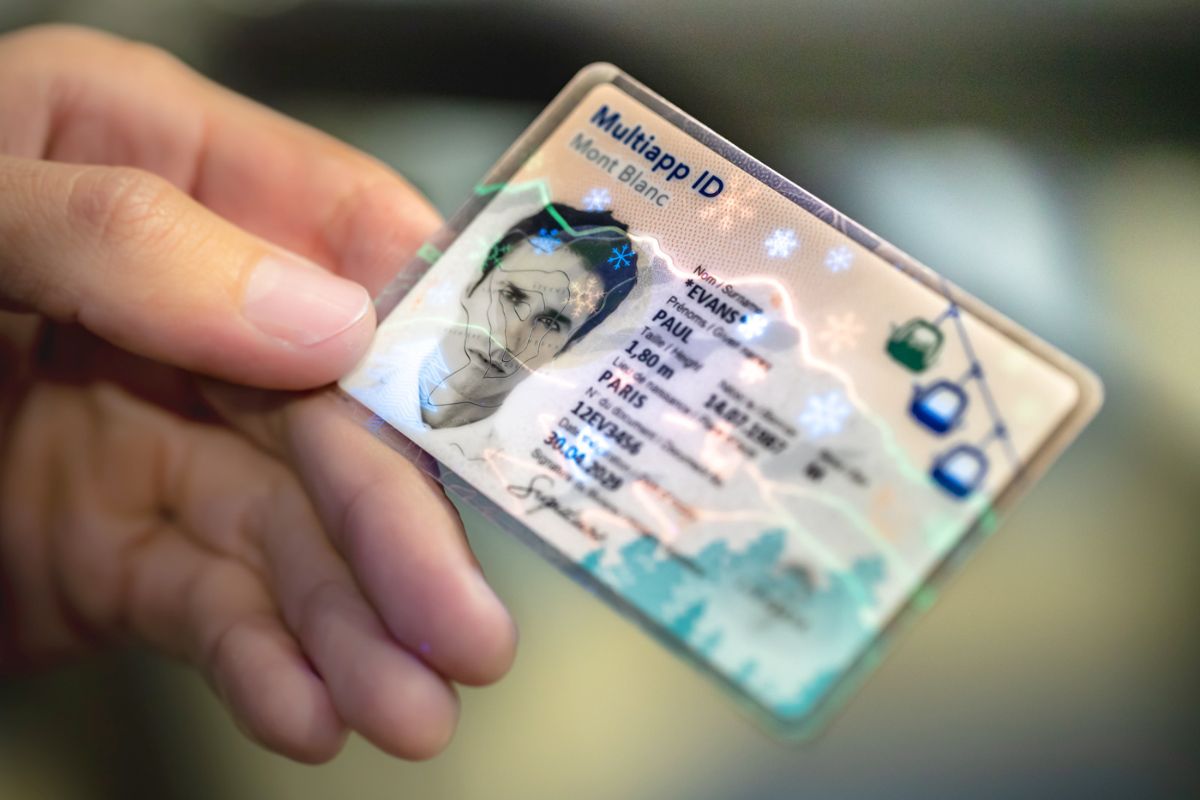
What are National and Digital IDs? National IDs are government-issued identification cards used to verify a person's identity within a country. They often contain personal information like name, date of birth, and a unique identification number. Digital IDs are electronic versions of these IDs, stored on devices like smartphones or in online databases. They offer the same verification but with added convenience and security features. Both types of IDs play crucial roles in accessing services, voting, and even traveling. Understanding the differences and benefits of each can help you navigate modern identification systems more effectively.
What Are National IDs?
National IDs are government-issued identification cards used to verify a person's identity. They often contain personal information like name, date of birth, and a unique identification number. These IDs are essential for various activities, from voting to accessing government services.
- First National ID: The first national ID system was introduced in France in 1940.
- Biometric Data: Many modern national IDs include biometric data like fingerprints or iris scans.
- Mandatory in Some Countries: In countries like Germany and Spain, carrying a national ID is mandatory.
- Digital Integration: Estonia has a fully digital national ID system, allowing citizens to access over 600 e-services.
- Security Features: National IDs often include security features like holograms and microprinting to prevent counterfeiting.
The Importance of Digital IDs
Digital IDs are electronic versions of traditional IDs. They offer a convenient and secure way to prove identity online. Digital IDs are becoming increasingly important in today's digital age.
- First Digital ID: The first digital ID was introduced in Finland in 1999.
- Blockchain Technology: Some digital IDs use blockchain technology for enhanced security.
- Mobile Integration: Many digital IDs can be stored and accessed via smartphones.
- E-Government Services: Countries like Singapore use digital IDs to provide seamless e-government services.
- Privacy Concerns: Digital IDs raise privacy concerns, as they can be susceptible to hacking and data breaches.
Uses of National and Digital IDs
National and digital IDs serve various purposes, from everyday transactions to specialized services. They are crucial for both individuals and governments.
- Voting: National IDs are often required for voter registration and identification at polling stations.
- Healthcare: IDs are used to access healthcare services and maintain medical records.
- Banking: Banks use IDs to verify the identity of account holders and prevent fraud.
- Travel: IDs are essential for domestic and international travel, often required for boarding flights.
- Employment: Employers use IDs to verify the identity and eligibility of employees.
Security Measures in National and Digital IDs
Security is a top priority for both national and digital IDs. Various measures are in place to ensure the integrity and authenticity of these identification systems.
- Encryption: Digital IDs often use encryption to protect personal information.
- Multi-Factor Authentication: Some systems require multiple forms of verification, such as a password and a fingerprint.
- Tamper-Proof Materials: National IDs are made from tamper-proof materials to prevent forgery.
- Regular Updates: Security features are regularly updated to counter new threats.
- Government Oversight: Government agencies oversee the issuance and management of IDs to ensure compliance with security standards.
Future of National and Digital IDs
The future of national and digital IDs looks promising, with advancements in technology paving the way for more secure and efficient systems.
- AI Integration: Artificial intelligence could be used to enhance the security and functionality of IDs.
- Global Standards: Efforts are underway to create global standards for digital IDs to facilitate international use.
- Biometric Advancements: Future IDs may include more advanced biometric features like facial recognition.
- Universal Access: The goal is to provide universal access to IDs, ensuring everyone has a verifiable identity.
- Sustainability: Future IDs may focus on sustainability, using eco-friendly materials and processes.
The Final Word on National and Digital IDs
National and digital IDs are more than just pieces of plastic or data. They’re gateways to services, security, and identity verification. From biometric data to blockchain technology, these IDs are evolving rapidly. Countries worldwide are adopting digital IDs to streamline processes, reduce fraud, and improve access to services. However, privacy concerns and the digital divide remain significant challenges. Balancing security with accessibility is crucial for the future of identification systems. As technology advances, the way we prove who we are will continue to change, offering both opportunities and obstacles. Staying informed about these developments helps us understand the broader implications for society. Whether you’re a tech enthusiast or just curious, knowing about national and digital IDs is essential in today’s interconnected world.
Was this page helpful?
Our commitment to delivering trustworthy and engaging content is at the heart of what we do. Each fact on our site is contributed by real users like you, bringing a wealth of diverse insights and information. To ensure the highest standards of accuracy and reliability, our dedicated editors meticulously review each submission. This process guarantees that the facts we share are not only fascinating but also credible. Trust in our commitment to quality and authenticity as you explore and learn with us.
